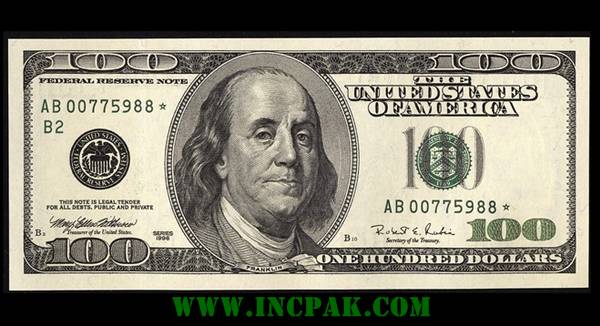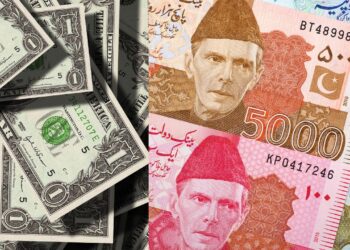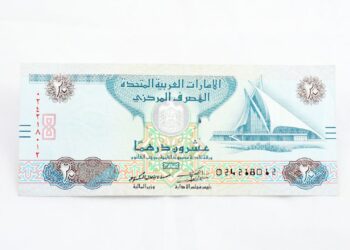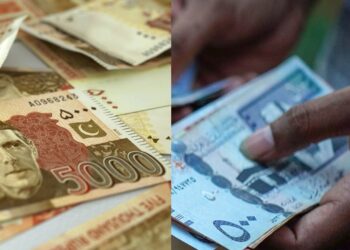The Federal Reserve today began circulating a new $100 bill with a modern design and smarter security with hi-tech features.
- New design $100 plagued by creasing, ink and printing issues since 2010
- Federal Reserve now says all problems have been resolved
- Bills will roll out in armoured trucks across the U.S. today
- They have a new ribbon and changing color bell to thwart counterfeiters
Upcoming movie 2014 read more:
https://www.incpak.com/alerts/rio-2-movie-trailer-2014/

Here are some facts you might not have known about $100.
1. The $100 bill is the second-most common bill in circulation, behind the $1 bill. There was $863.1 billion in $100 bills (or 863.1 million notes) in circulation as of the end of 2012, compared with $10.3 billion in $1 bills (10.3 billion notes).
2: The typical life span of U.S. currency notes varies by denomination. The average life span of a $100 bill is 15 years, compared with 5.9 years for a $1 bill and 7.7 years for a $20 bill, according to the Federal Reserve. $100 notes are often used as a store of value, which means that they pass between users less frequently than lower denominations that are more often used for transactions, like $5 notes.
3. Less than 1/100th of 1% of U.S. currency per year are reported as counterfeit, according to the Secret Service. Internationally, the $100 note is the most counterfeited. In most cases, because the amount of cost, time and effort it takes to counterfeit currency, replicating a $1 bill isn’t a profitable endeavor.
4: The share of $100 bills as a portion of all denominations has been consistently rising for decades. As of June 2013, 77% of the value of all U.S. currency is in the form of $100 bills. The big question is where are those $100 bills held – how much of U.S. currency is here in the U.S. and how much is abroad? An oft-cited figure used in several reports is that about 50% to two-thirds of all $100 bills were held outside the U.S. as of 2011. But Edgar Feige, professor emeritus of economics at the University of Wisconsin-Madison, has said that that figure is an overestimate, and that the Fed’s own figures suggest that around 25% of $100 bills are located outside the U.S.
Regardless of the exact percentages of $100 bills abroad, the demand for those denominations has certainly jumped in the past few years. In late 2011 and early 2012, international demand for $100 notes exceeded the Federal Reserve’s estimates, increasing approximately 40% between October 2011 and February 2012. Some have posited that following the 2008 financial crisis, fears about the safety of the banking system spread, and many more people put their trust in cash as a protective measure – and obviously the large denomination is easier to store than smaller bills.
5: The $100 note has been the largest denomination of currency in circulation since 1969. Following the passage of the Federal Reserve Act in 1913, Federal Reserve banks began issuing Federal Reserve notes in 1914 in denominations ranging from $1 to $10,000. In 1969, notes greater than $100 were retired due to declining demand.
6: It costs 7.8 cents to produce one $100 bill. That’s cheaper than the $5, $20 and $50 bills, which cost 9.8 cents per note to make. Each year, the Federal Reserve Board projects the likely demand for new currency and places an order with the Department of the Treasury’s Bureau of Engraving and Printing, which produces U.S. currency and charges the Board for the cost of production. The budget for new currency for 2013 is $797.6 million – about 6.8% higher than the 2012 budget. The increase comes largely from the increased cost to print 2.5 billion new $100 notes.
7: Along with the $100 bill now, the government has revamped the $5, $10, $20 and $50 bills over the last decade to add security features. The $1 is the only bill to go without a touch-up. There was a brief proposal by a UK design firm to put President Obama on the $1 note as part of a broader redesign of all U.S. currencies.
8: The Federal Reserve ships $100 bills abroad by pallet (a small bed); each typically contains 640,000 bills, or $64 million.
9. Stationery firm Crane & Co., based in Dalton, Mass., makes the paper the C-note is printed on. Crane has been the only supplier of currency paper to the U.S. treasury since 1879.
Source: Yahoo finance





















